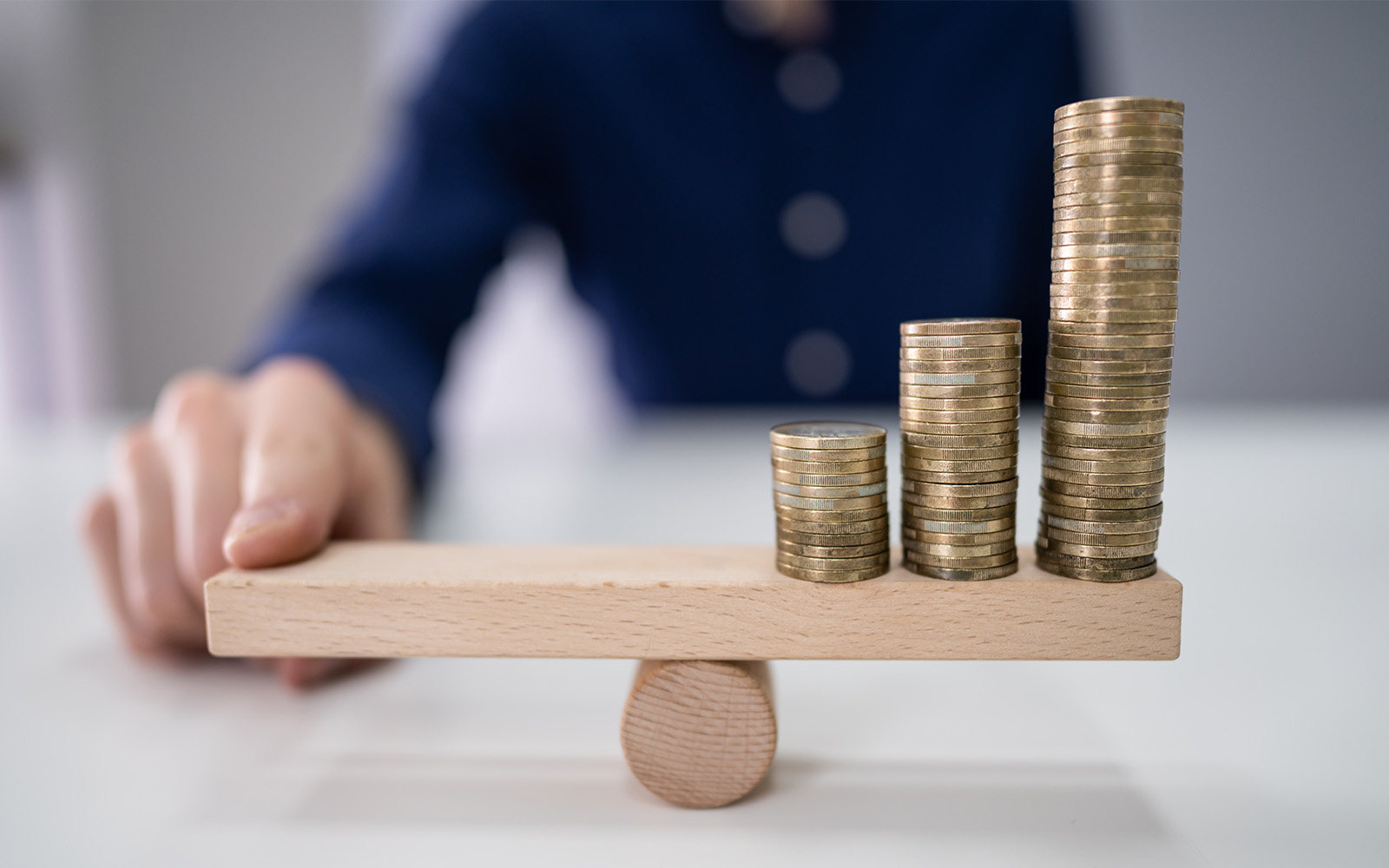2025-09-04
Will Bankruptcy Erase All Of My Debt?
Bankruptcy
The intention of Canadian bankruptcy law is to provide honest and overextended debtors the opportunity for a financial fresh start.
Canadian law seemingly takes two contradictory positions on consumer debt:
One position says individuals have a civic and moral duty to repay money they borrow in a timely and responsible fashion. Creditors have several options to pursue debtors who do not repay their debts as agreed, ranging from collections calls to court judgements and wage garnishments.
The other position says individuals who are overburdened with debt deserve relief and the opportunity for a financial fresh start. Debtors who cannot repay their debts on time and in full may achieve permanent relief through either of two insolvency options (Bankruptcy or Consumer Proposal) offered under the Bankruptcy and Insolvency Act (BIA).

However, these positions are not contradictory at all. Rather, they complement each in several important ways to balance the scales and keep the economy flowing.
A consumer debtor who wants to file a Bankruptcy or Consumer Proposal must meet the definition of insolvent person pursuant to section 2 of the BIA, which states the debtor must:
A Consumer Proposal is a legally binding debt settlement and consolidation process offered through the BIA. The process typically involves a Licensed Insolvency Trustee (LIT) reviewing a debtor’s financial situation and proposing a reduced debt amount to creditors which the debtor can afford based on their income, household expenses, personal, family and employment situation.
The debtor has the option to repay this amount — which is often half their original debt or less —as a single lump sum, or in interest free monthly installments over a period of up to five years. All payments are made to the Licensed Insolvency Trustee who then disburses funds to creditors who have proven a claim in the proposal. Once a majority of unsecured creditors (in dollar value) vote to accept a Consumer Proposal, the proposal is legally binding on all unsecured creditors — with the exception of certain debts such as child or spousal support payments pursuant to a written agreement or court order.
The filing of a Consumer Proposal puts an immediate stay of proceedings on all current and future collections action, court judgements, and wage garnishments. The stay ends upon full performance of the Consumer Proposal unless the debtor defaults in payments — in which case the proposal will automatically be deemed annulled.
A Consumer Proposal is available to individuals who meet the definition of insolvent person pursuant to section 2 of the BIA and who owe $250,000 or less, excluding the mortgage on their principle residence. A debtor can also file a joint Consumer Proposal (i.e. debtor and spouse) in which case the joint debts cannot exceed the current prescribed amount of $500,000.
Bankruptcy is a legally binding debt relief process offered through the BIA which typically involves a debtor surrendering certain non-exempt assets and potentially a portion of their income to an LIT. The Trustee will liquidate (i.e. sell) the assets and distribute the funds to proven creditors on a priority basis.
The typical Bankruptcy process is shorter than a Consumer Proposal — which may last as little as nine months for a first time Bankruptcy (21 months if the bankrupt is required to make surplus income payments to the estate).
The fees to file a personal Bankruptcy is Canada are regulated by the government.
A bankrupt must comply with the duties of a bankrupt pursuant to section 158 of the BIA as a condition of receiving a discharge from bankruptcy. These duties include, but are not limited to:
Every Life-Changing Debt Solution begins with a Free Confidential Consultation with a Licensed Insolvency Trustee to review a debtor’s situation and their options for a financial fresh start. The LIT will consider a wide range of factors before recommending the best course of action, including:
Ultimately, there is not a universally right or wrong answer when considering a Bankruptcy or Consumer Proposal. The most viable option is the one that is most affordable to the debtor based on the debtor’s income, household expenses, personal, family, and employment situation.
2025-09-04
Bankruptcy
The intention of Canadian bankruptcy law is to provide honest and overextended debtors the opportunity for a financial fresh start.
2025-08-01
Bankruptcy
If you’re struggling with your finances and heading toward bankruptcy, you may think it makes sense to sell or transfer some of your assets.
2025-06-30
Bankruptcy
There are several common scenarios which may cause you to wonder whether personal bankruptcy is an appropriate option to get out of debt.